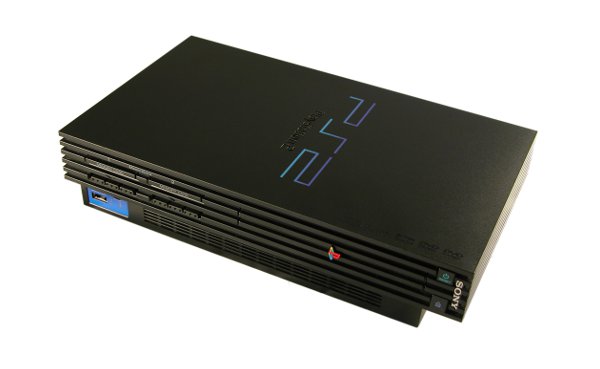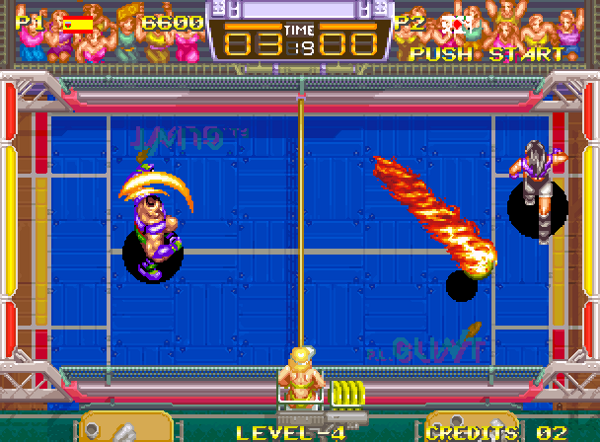The Four Main Causes of the Retro Gaming Price Surge
by Matt Keller on Jan.26, 2014, under Editorials

I don’t know if it is even possible these days to have a conversation about retro gaming without the subject of price popping up. Over the course of the last five years, the price of old video games have increased dramatically. This has priced a number of buyers out of the market.
So what is causing the increase? Today we’ll look at a few factors which are causing this hobby to seem less affordable by the day.
Supply and Demand
Supply and demand is a basic principle of price determination in a given market. The availability of goods and the demand for those goods determines the price.
When many of us started collecting in the late 90s and early 2000s, there was no demand for old video games. Most of them were space occupiers – people wanted to move onto the next hot thing and were happy to get whatever they could for their older games. With a great supply of older games and little to no demand for them, it was a buyers’ market.
The supply of retro games is finite, however. Nintendo is not suddenly going to fire up the production line for NES cartridges tomorrow. Over time, regardless of demand, that supply is going to start drying up. For many years this was not an issue as demand for old games was flat, because everybody wanted the new hot thing.
I’ve observed that video games have two demand peaks – the initial obvious peak when they are first released, and a peak later on when those who grew up with a system reach a certain age (more on that later). The time to buy is in between these demand peaks, where supply is high and interest is low, and prices sit at their lowest point.
Part of the perception of cartridge based games being previously cheap and now suddenly expensive is that many started collecting in between the two peaks. It would seem that the trough between the two peaks lasts for at least two console generations – e.g. Atari peaked in the N64 and GC era, while NES was still at its lowest point. The trough is caused by everyone trying to get rid of their old stuff to fund the purchase of their new stuff. Currently, the PS2, GameCube and Xbox are sitting in the trough – they are at their lowest price point and highest supply.
Demographic changes
We were all children once. Being a child means having a ton of time and no money of your own. We would be lucky to get 1-2 games a year and renting and swapping was the way to get to play more games. Inevitably, there was something awesome you missed out on, but you’d move on to the next thing.
Then we grew up. And got jobs. And had money. Suddenly a myriad of adults, flush with cash, descend on the market to buy all of the things that they missed out on as children. This is not uncommon in collectible circles – toys, comics and trading cards – and happened before to the Atari 2600.
What’s different this time is the increase in disposable incomes. We have seen over the past decade that the number of people in their 20s who are delaying major life events such as moving out of home, buying a house, getting married and starting a family – either by choice or through market forces (LVR loosening and a property market that favours investors in Australia, for instance) has dramatically increased. We are still entering the workforce (despite the best efforts of the GFC), and therefore earning money, and because the costs associated with running a household aren’t there, the amount of money you can blow is much greater.
Buyers are hardly rational, either. Pairing that with “gotta have it now†instinct with a wallet full of cash and fewer bills is meaning those competitive items, whose supply is shrinking, see a price surge. As the supply for a game gets more constrained, that surge is more dramatic – while the price of a common game like Super Mario Bros. / Duck Hunt has gone from about $1 to $5-10, a Little Samson or Mr. Gimmick has gone from about $30 to over $300.
Personality driven media
I really dig Giant Bomb. The Bombcast has been a feature of Wednesday for me for close to six years now, and their Unprofessional Friday show is fast becoming a Saturday morning favourite. Giant Bomb and a host of other Internet video personalities such as the Angry Video Game Nerd are making use of retro games in their videos, often in humourous situations, othertimes highlighting great games people have missed.
These shows are hugely popular, and that flows on to the prices of games featured in popular episodes of shows. For instance, Giant Bomb has been playing a lot of the unique and relatively obscure Neo Geo title Windjammers. Prior to this coverage, Windjammers could be had for fairly cheap as far as Neo Geo games go – $US30-60 for a cart only MVS copy, 140-180 for an AES copy and 25-35 for a Neo Geo CD copy. Recent sale prices for the MVS copy, post Giant Bomb coverage, have doubled with the upper range between $US130 and 160, the CD version has almost doubled to 55 and the last AES copy went for over 260. Much of the time these spikes level off, but games featured in popular episodes of AVGN have held some of their post-spike increase.
The Internet and good old fashioned greed
The Internet has brought the retro community closer together. Collectors have pooled their resources and expanded their knowledge as a result. Before the Internet, it was a gamble finding out which games were scarce, now it’s common knowledge. So when one of those rare titles pops up, everyone knows what it is worth. Now you’re not only competing against locals for that game, but anyone from around the world interested in that game is a potential rival.
Once eBay became a thing, many collectors used to hit the charity shops, flea markets, pawn shops and garage sales, armed with the knowledge of what was worth snapping up and flipping on eBay. The intention was noble – invest a bit in stuff you could get locally and turn it into cash to use on stuff you couldn’t find.
On an eBay auction, the market would effectively decide the price of a game, and people would be relatively happy to pay it. Then eBay went and shifted its business model away from standard auctions and put more emphasis on Buy It Now listings. Listing initially start out based on realistic price determinations of the market, til the next seller comes along, sees what it is currently listed for and increases his price, because he believes his copy should get more.
Then the pawn shops, flea market sellers and the everyman caught on. Now suddenly every game is automatically “worth†its Buy It Now price. Regardless of the fact that eBay is open to a global audience, incurs fees and so on, these local stores will try and wring every last cent out in the name of profit, regardless of their buy in price. Then they end up with piles of unsold stock, sitting there at a high price. People see the price, assume it’s worth that much, list it on eBay and continue the cycle.
Prices are beginning to level off, and some of the perpetrators of high prices are feeling the pinch – but the damage has been done.
What will it take for prices to change?
We’ll look at this in a future article, but suffice to say that there would need to be a major drying up of demand, changes to how and where old games can be sold, and rational behaviour on behalf of market participants.
Leave a Reply
You must be logged in to post a comment.





